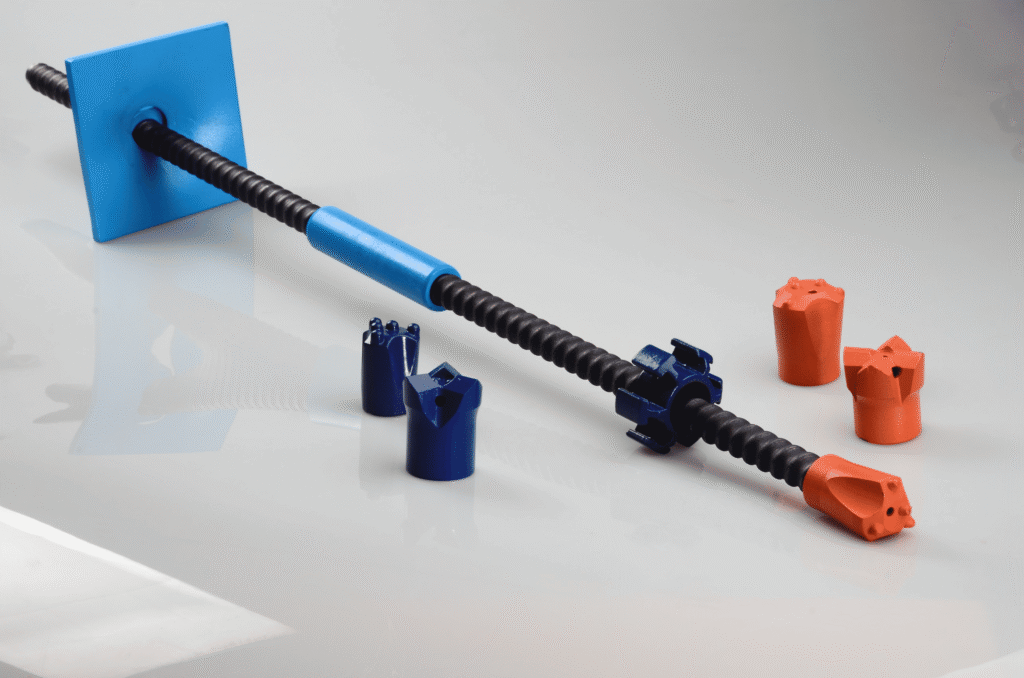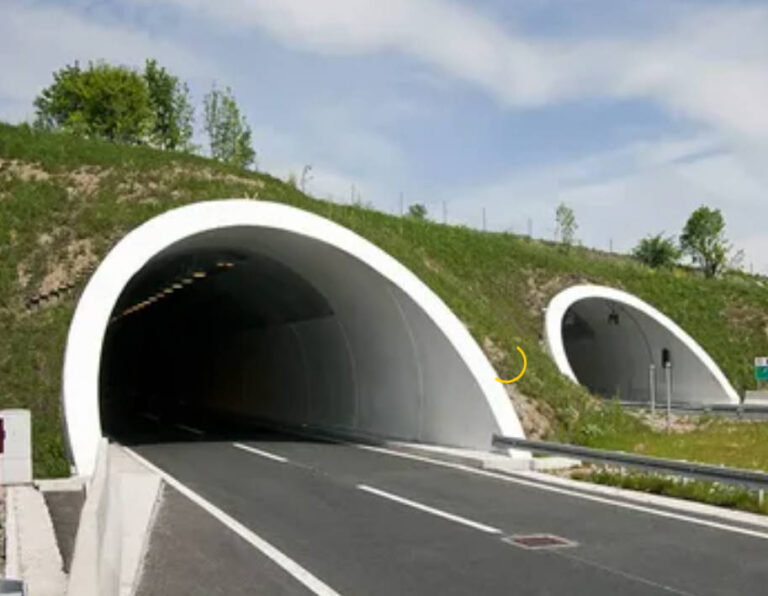When it comes to underground construction, ensuring the stability of rock formations is crucial. One of the most effective tools used for ground support is the rock bolt in tunnel and mining applications.
Among the different types, self-drilling rock bolts have become increasingly popular due to their efficiency and reliability, especially in complex ground conditions.

What Are Self Drilling Rock Bolts?
Self drilling rock bolts combine drilling, anchoring, and grouting into a single operation. They consist of a hollow steel tube with an external thread, which allows grout to be injected through the bolt itself.
This system is particularly useful in unstable or loose rock, where traditional drilling methods may be ineffective or too risky. When using a rock bolt in tunnel construction, self drilling variants offer the advantage of speed and versatility, making them ideal for emergency reinforcement needs.
Applications in Tunneling and Mining
In tunnel projects, especially those passing through fractured or weak rock layers, self drilling bolts provide both temporary and permanent support. The bolt is drilled directly into the rock face using a rotary percussion drill. As the bolt advances, grout is simultaneously injected, filling voids and bonding the bolt to the rock. This minimizes the risk of collapse and ensures long-term structural integrity.
In mining, the process is similar, but the requirements often vary due to different stress environments. For instance, in deep underground mines, rock stress and vibration are more intense, demanding a robust anchoring system. A well-installed rock bolt in tunnel and mining shafts can significantly improve worker safety and operational efficiency.

Step-by-Step Guide to Using Self Drilling Rock Bolts
- Site Preparation
Clean the rock surface where the bolt will be installed. Mark the exact drilling spots based on engineering requirements. - Drilling and Grouting
Connect the self drilling bolt to the drill rig. As you begin drilling, inject grout through the hollow core. This allows for simultaneous drilling and grouting, saving time. - Bolt Installation
Once the desired depth is reached, leave the bolt embedded in the rock with grout completely filling the borehole. Ensure that the bolt is firmly fixed. - Plate and Nut Installation
If required, install a plate and nut at the rock face for additional support. Tighten according to specifications. - Inspection and Quality Check
Always inspect the installation for proper alignment and anchorage. Grout leakage and incomplete penetration should be addressed immediately.
Why choose ONTON as your preferred rock bolt in tunnel supplier
ONTON offers a variety of self drilling bolts ideal for these applications. For example, their ONTON-SDA Rock Bolt System is specifically designed for use in tunneling and mining, providing excellent load-bearing capacity and corrosion resistance.
When selecting a rock bolt in tunnel construction, it’s important to match the product to geological conditions—ONTON’s range offers customizable solutions for both soft and hard rock.
Conclusion
The use of self drilling rock bolts in tunnel and mining projects is a proven method for enhancing safety and structural support. By simplifying installation and improving performance in weak ground, these bolts have become an indispensable tool in modern underground engineering. Whether you’re reinforcing a tunnel wall or stabilizing a mine roof, choosing the right rock bolt in tunnel construction can make all the difference.





